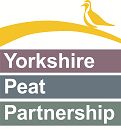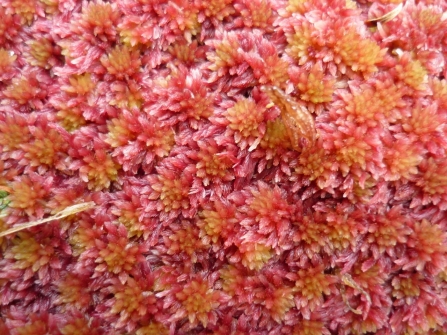Chris and I bought Nethergill, a 388 acre hill farm, with spectacular naivety in 2005. We both of us trained in agriculture, but with no agricultural roots we had spent the last 25 years mustering funds (and finding a friendly bank) to buy our own little piece of England. On moving-in day the farmhouse stood impressively against the wintery elements, but the meadowland and pastures surrounding the house, that had been cleaved out of moorland in the mid-1800’s, looked as though they would take any and every opportunity to revert back to natural moorland.
Nethergill had been grazed on a tenancy agreement. The temptation with a tenancy is to take everything and replace nothing. The more stock, the more money was the myth. The effect of this past management was that we took on a barren landscape with a dearth of flora and fauna and uninterrupted water flowing off the fells; the only way was up, or so we thought!






